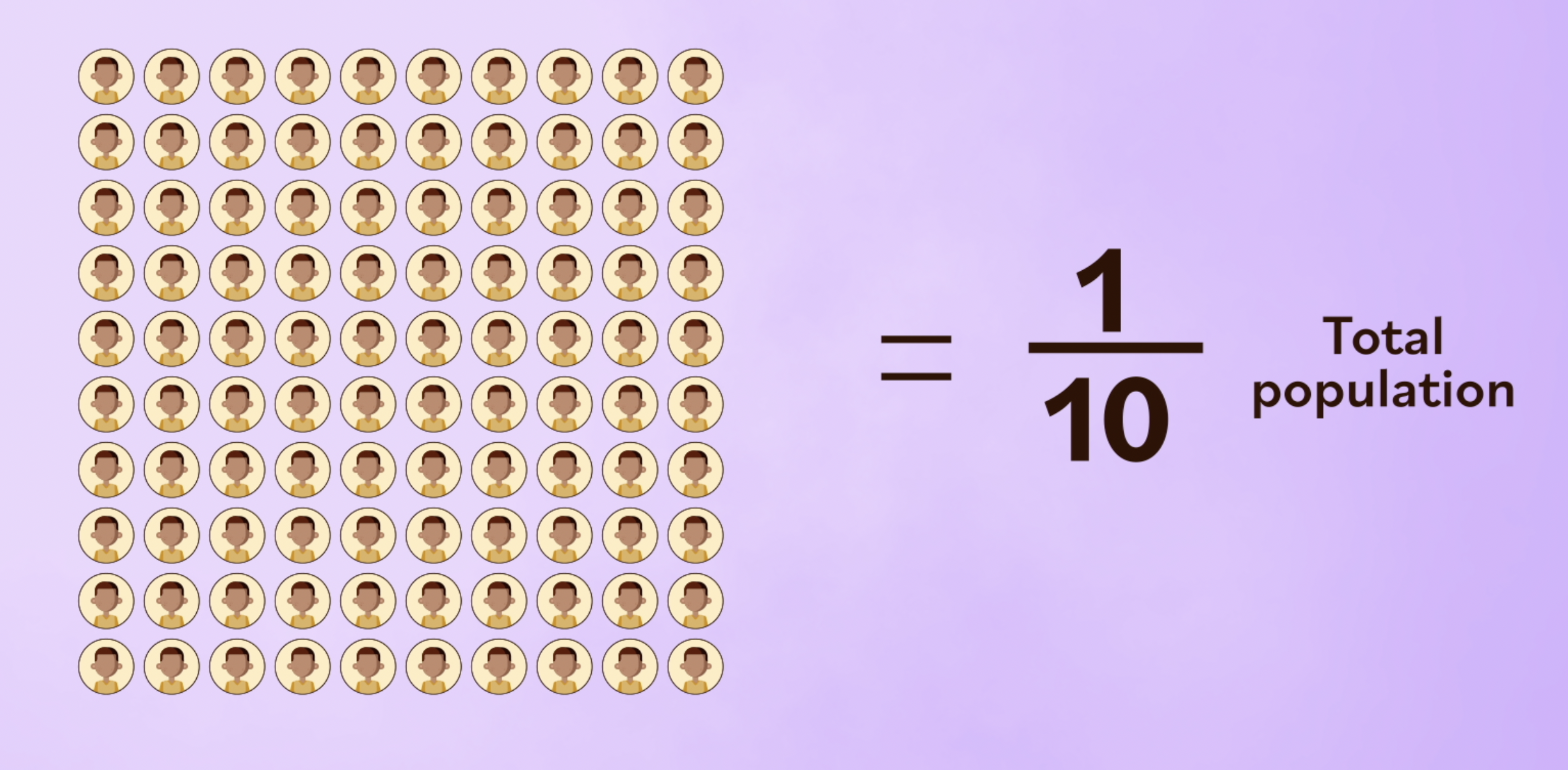Statistics: Basic Concepts -
What is Sampling?

Statistics: Basic Concepts
What is Sampling?


/en/statistics-basic-concepts/surveys/content/
Sampling in statistics involves selecting a part of the population to obtain the necessary data for analysis. It makes the process of collecting data easier, faster, and cheaper. Sometimes you will be able to study all of the population, but if it’s too large, then it’s more practical to select a sample.
Check out this video to learn more:
Ensuring a sample is accurate
It’s best to choose a representative sample with characteristics that are similar to those of the whole population. For example, you can consider characteristics like age or income.

In addition, the sample size should be proportionate to the population size in order to get more accurate results. For example, if there are 1,000 students at a school, you probably don’t want to survey just 10 students; your results would not be precise or reliable enough. Instead, you might want to survey 100 students, or one-tenth of the total student population.

If you’re trying to determine your sample size, here are four factors to take into account:
It's also important to note that samples aren’t always made up of people. They can be used to study any group or population, like countries, companies–even animals.

Helpful Tool: Calculator.net offers a free sample size calculator that might be worth checking out!
Sometimes you won’t know all four of these factors, and that’s okay! But taking into consideration more of them will make your sample more accurate.
In the next lesson, we’ll talk more about different sampling methods.
/en/statistics-basic-concepts/sampling-methods/content/